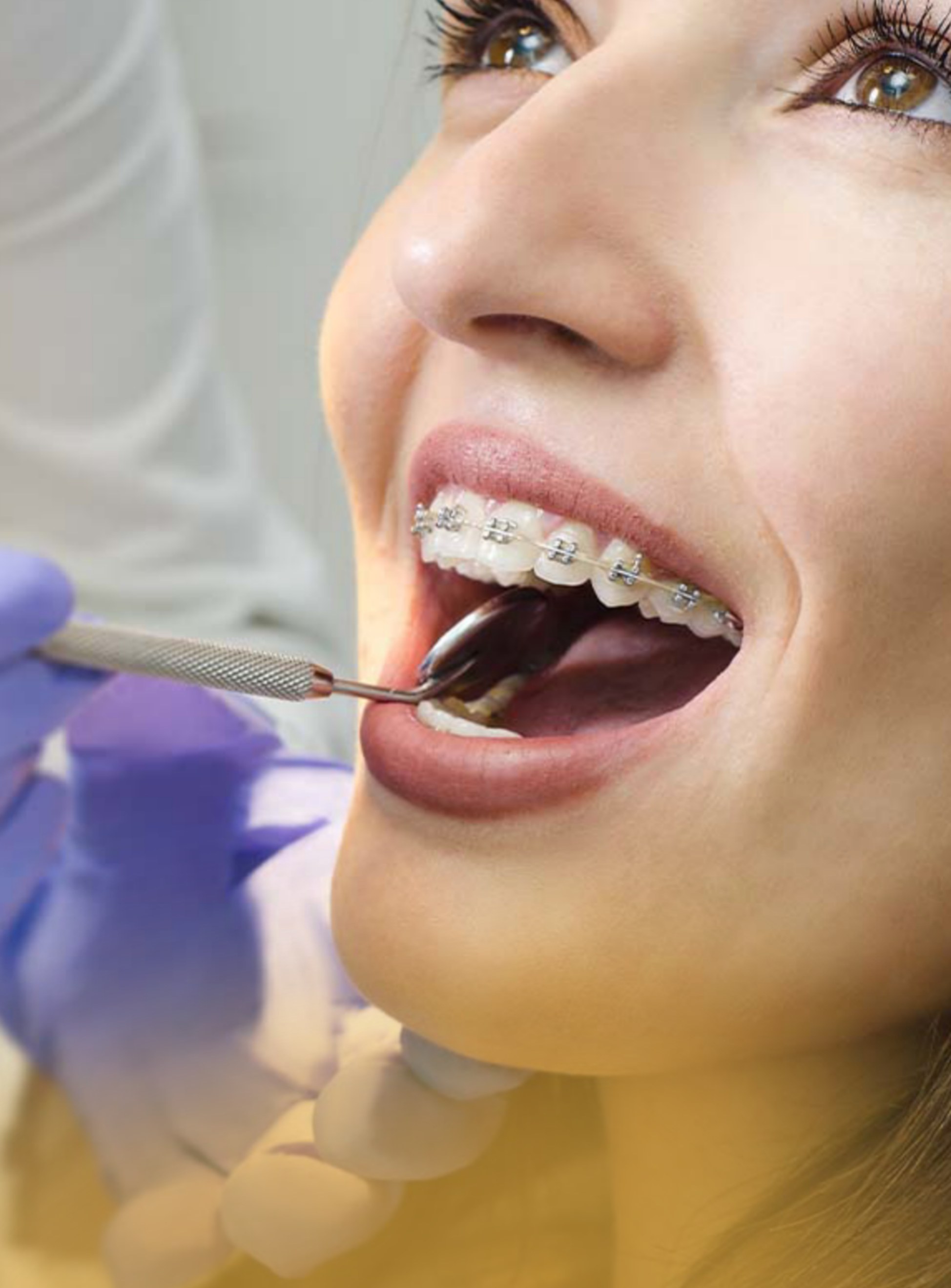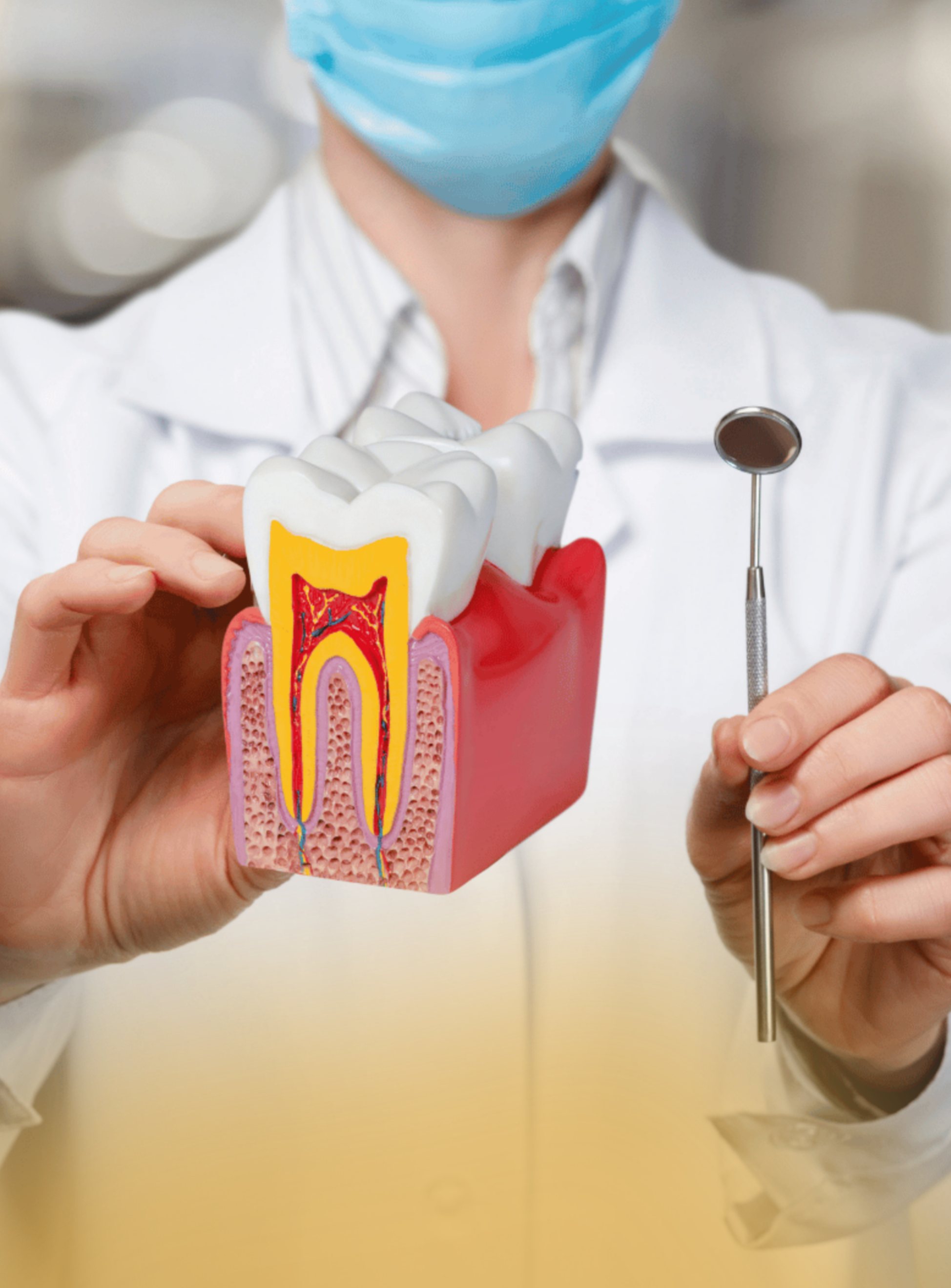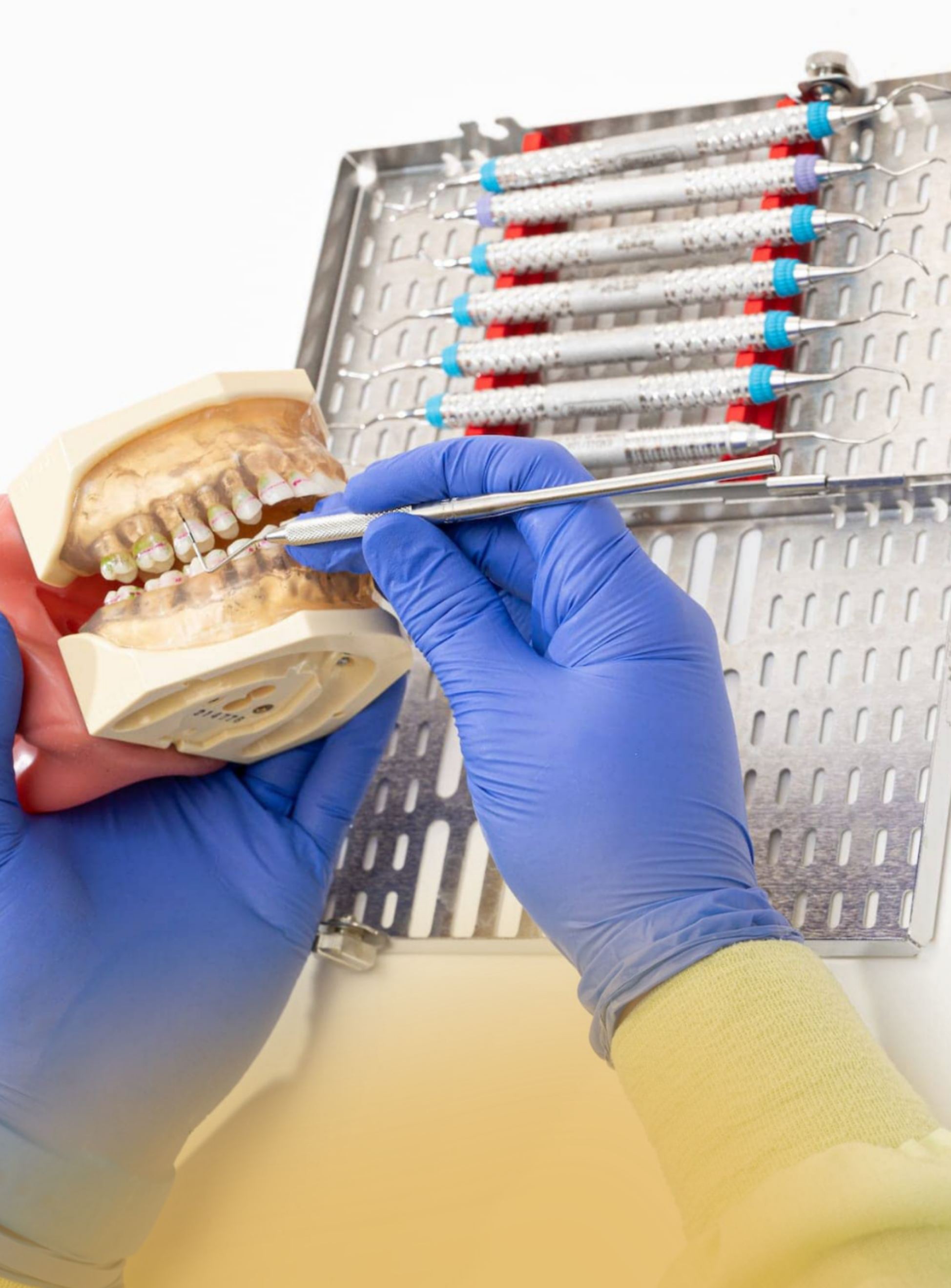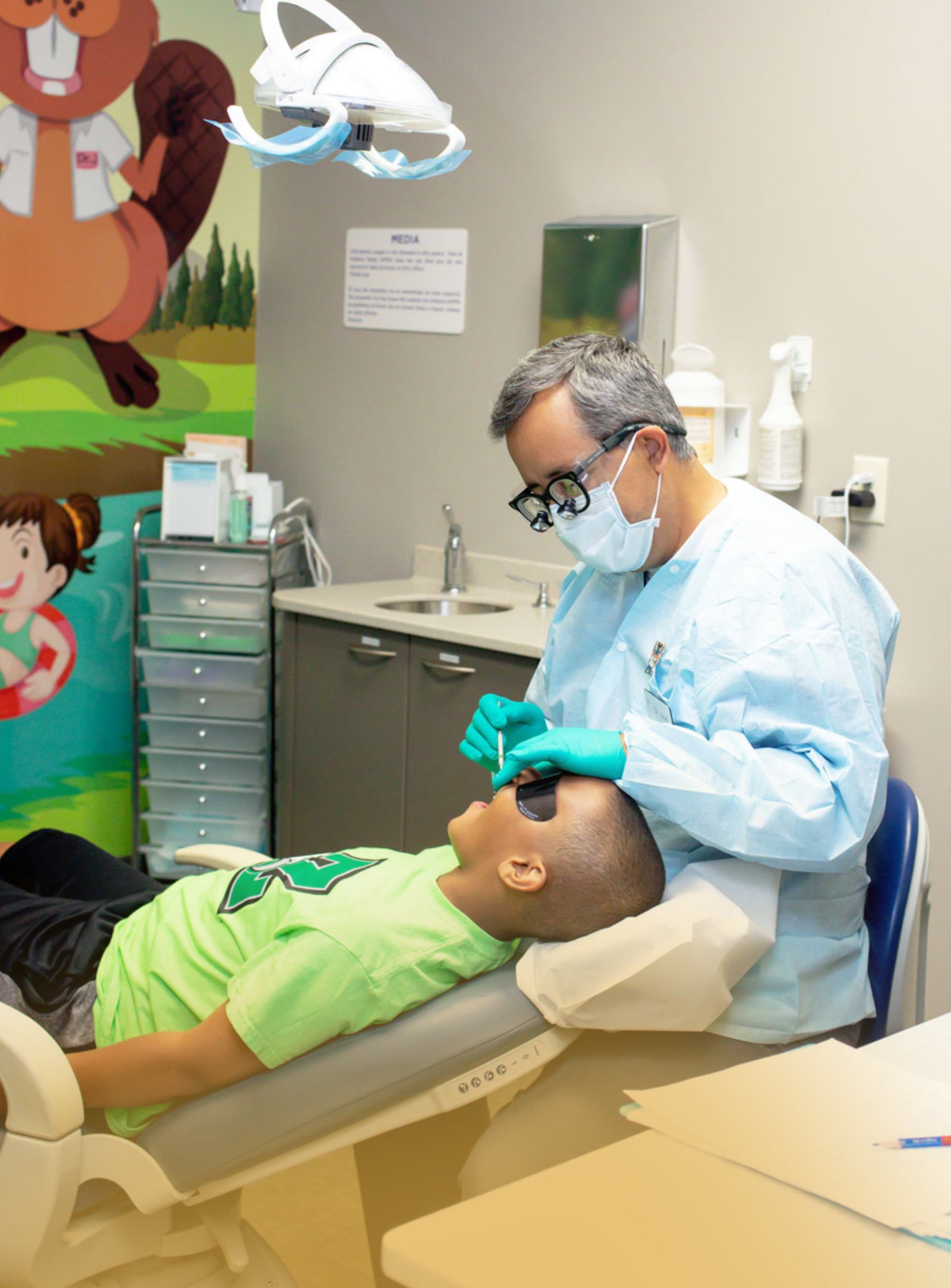Oral and maxillofacial surgery
1. Tooth Extractions:
Tooth extractions involve the removal of a tooth from its socket in the jawbone. This may be necessary for various reasons, including severe decay, advanced gum disease, or impacted wisdom teeth. The procedure is performed under local anesthesia to ensure patient comfort.
2. Wisdom Teeth Removal:
Wisdom teeth, also known as third molars, often need to be removed due to impaction, crowding, or the potential for complications. Wisdom teeth removal is a common oral surgery procedure that helps prevent pain, infections, and damage to adjacent teeth.
3. Dental Implant Surgery:
Dental implant surgery is a complex procedure used to replace missing teeth. It involves the surgical placement of a titanium implant into the jawbone, which acts as an artificial tooth root. Once the implant integrates with the bone, a crown is placed on top, providing a durable and natural-looking replacement.
4. Corrective Jaw Surgery:
Corrective jaw surgery, or orthognathic surgery, is performed to address significant jaw discrepancies that affect bite function, speech, and facial aesthetics. This surgery aims to align the jaws properly, improving overall oral health and facial balance.
Oral surgery plays a crucial role in addressing a range of dental issues, from routine extractions to complex procedures like dental implant surgery and corrective jaw surgery. These interventions are designed to restore oral health, alleviate pain, and enhance the overall function and aesthetics of the oral and facial structures.
FAQ
Healing times vary, but it typically takes a few weeks. Follow post-extraction care instructions provided by your dentist to promote optimal healing.
Stick to soft, cool foods initially, gradually progressing to a normal diet. Avoid hot or spicy foods, and refrain from using a straw, as suction can disrupt the healing process.
Over-the-counter pain relievers and applying an ice pack to the affected area can help alleviate discomfort. Follow your dentist's recommendations for pain management.
Mild oozing is common initially. Bite on a gauze pad provided by your dentist to control bleeding. If bleeding persists, contact your dentist for guidance.
Resume gentle brushing and flossing in the surrounding areas 24 hours after extraction. Be cautious around the extraction site to avoid irritation.
Yes, it's common to feel drowsy or disoriented for a few hours after dental anesthesia. Avoid operating heavy machinery or making important decisions during this time.
Common side effects include temporary numbness, dizziness, or nausea. Serious complications are rare but can include allergic reactions. Inform your dentist of any concerns or unusual reactions
The duration of dental anesthesia varies depending on the type used. Local anesthesia typically lasts a few hours, while general anesthesia can have lingering effects for several hours after the procedure.
Your dentist will provide specific instructions regarding fasting before the procedure. Generally, it's recommended to avoid eating or drinking for a certain period before anesthesia to reduce the risk of complications.
Amalgam fillings are made of a mixture of metals, including mercury, while composite fillings are tooth-colored and composed of a resin material. The choice between them depends on factors like location, size of the cavity, and aesthetic preferences.










